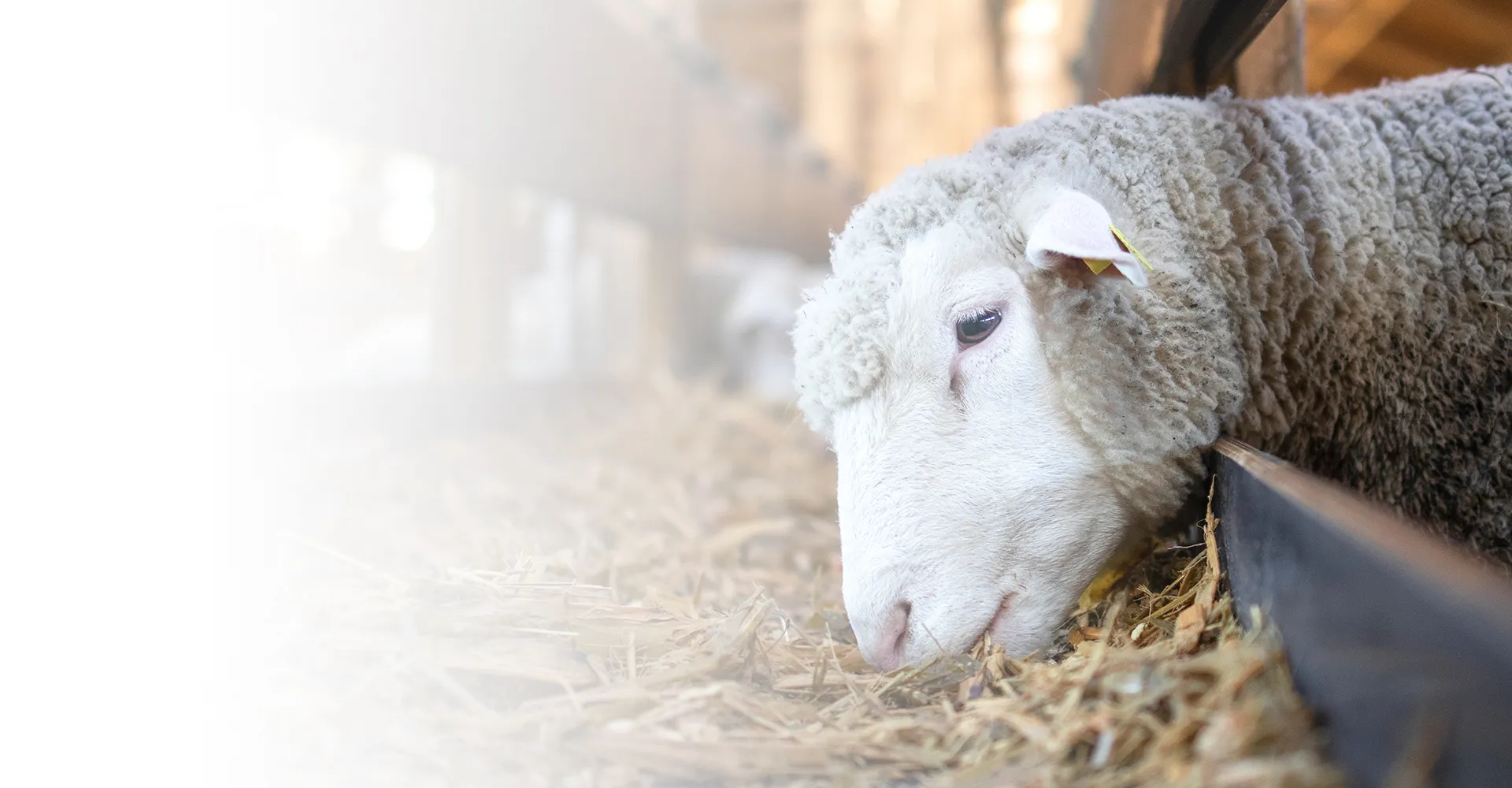2. Turmeric Turmeric contains curcumin, a compound that possesses powerful anti-inflammatory effects. It may help reduce swelling and discomfort in joints, making it a popular ingredient in many horse joint supplements.











